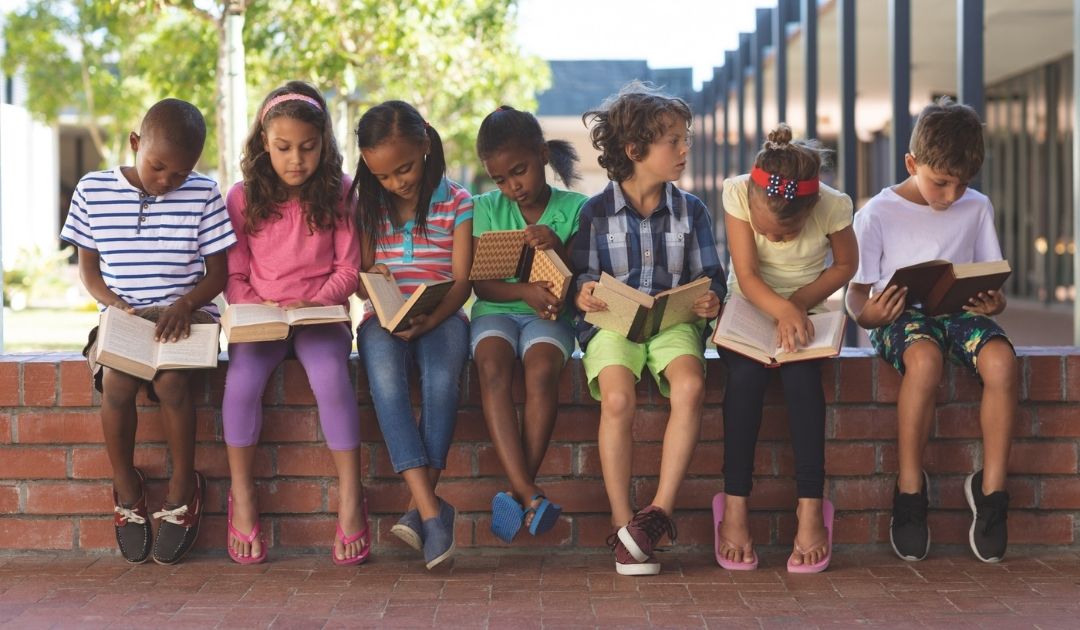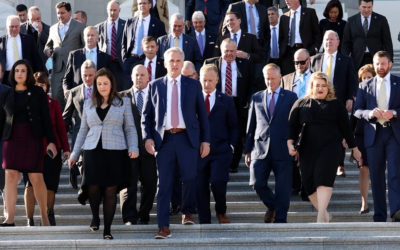In March of 2020, students of all ages and grade levels began virtual learning as the Coronavirus pandemic spread across the world. As we enter into the third year of the pandemic, most students have finally returned to in-person or hybrid learning.
During virtual learning, students had very different home learning environments. Some students had parental supervision and support throughout the school day, while others had none, thus creating a learning proficiency gap, especially between white students and students of color.
According to data released recently by Washington D.C. Public Schools,
White students were hitting early literacy benchmarks at rates similar to their performance levels before the coronavirus pandemic. But Black and Hispanic students were still far behind where they were in the fall of 2019, months before school buildings shut down and students were sent home for virtual learning.
Despite the gap in reading scores, overall, D.C. students have made significant progress in reading this academic year, Williams said. Forty-one percent of students hit their early literacy benchmarks at the beginning of the year. By the middle of the year, more than 50 percent hit those benchmarks, up roughly 10 percentage points. In the 2019-2020 academic year, the number of students hitting early literacy targets grew by 13 percentage points between the beginning and middle of year.
Emily Hammett, the director of elementary English language arts for the D.C. school system, said that classroom teachers employ three tiers of instruction when teaching students to read. The first tier is the instruction that every student receives. Then the teacher identifies students who need additional help in small groups as part of second-tier instruction. Tier three targets students who need even more individualized instruction.
‘The meat and potatoes of the acceleration comes from classroom instruction,” Hammett said. “Students are also getting more targeted support.’
Take Action
We can help! Use RootsHQ to find out more about getting involved in education reform and connect with organizations working to support students in your area.
Read the full article on Washingtonpost.com.




